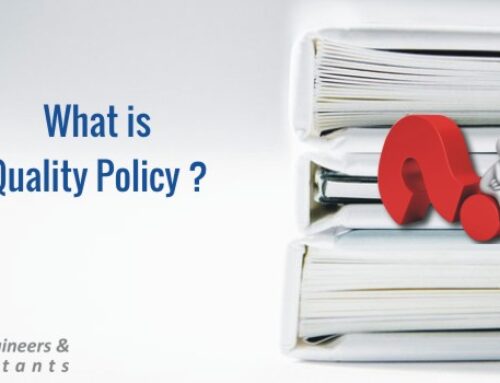There is a common question asked by our clients,
Does every product non-conformity closure requires a root cause analysis and corrective action?
The answer to this query is ‘No’, supported with below explanation.
Interpretation / Explanation
As per API Spec Q1 (clause 5.10.2) *the organization shall address nonconforming product by performing one or more of the following;
- repair or rework with subsequent inspection to meet specified requirements;
- re-grade for alternative applications;
- release under concession (see 5.10.3); and/or
- reject or scrap.
None of the above options make reference to take any corrective action. But still there is confusion, when you refer to clause 6.4.2.
As per Q1 (clause 6.4.2: Corrective Action) *the organization shall maintain a documented procedure to correct nonconformities and to take corrective actions, both internally and within the supply chain, to eliminate the causes of nonconformities in order to minimize the likelihood of its recurrence.
The above para gives an indication that, yes an RCA and Corrective Action is required to deal with the internal product non-conformity also. Whereas if you re-look into the clause 5.10.1 (b). This clearly mentions “that to address the detected nonconformity see 5.10.2” and 5.10.2 doesn’t have any reference for corrective action.
If you carefully refer the Note under the first para of clause 6.4.2, then you will get the idea, when to take corrective action for routine (repetitive) product non-conformances.
Note (Clause 6.4.2): *Corrective action can apply to both quality management system processes and nonconforming product trends.
Above note provides a clarity that organisations need to review the product non-conformity trends periodically and identify the common type of problems like ‘dimensional variations’, seat leaks etc. Based on that an all-inclusive RCA need to done to identify ‘the cause(s) behind the trend of a particular type of repetitive non-conformity’, so that a broad level corrective action can be taken to prevent its recurrence.
However sometime single instances of product non-conformity are so severe that if the corrective action(s) is not taken than the consequences can be very serious leading to process disruptions at site and customer dis-satisfaction. In these cases organisations should take corrective actions appropriately.
* Extract from API Spec. Q1, 9th Edition
Disclaimer: This interpretation is given only for guidance and is solely based on the author’s vast experience in implementation of API & ISO Quality Management Systems. Before making any judgment, readers are advised to use their own understanding based on their organisation’s requirements.
Note: API doesn’t endorse this interpretation as a part or in totality.






